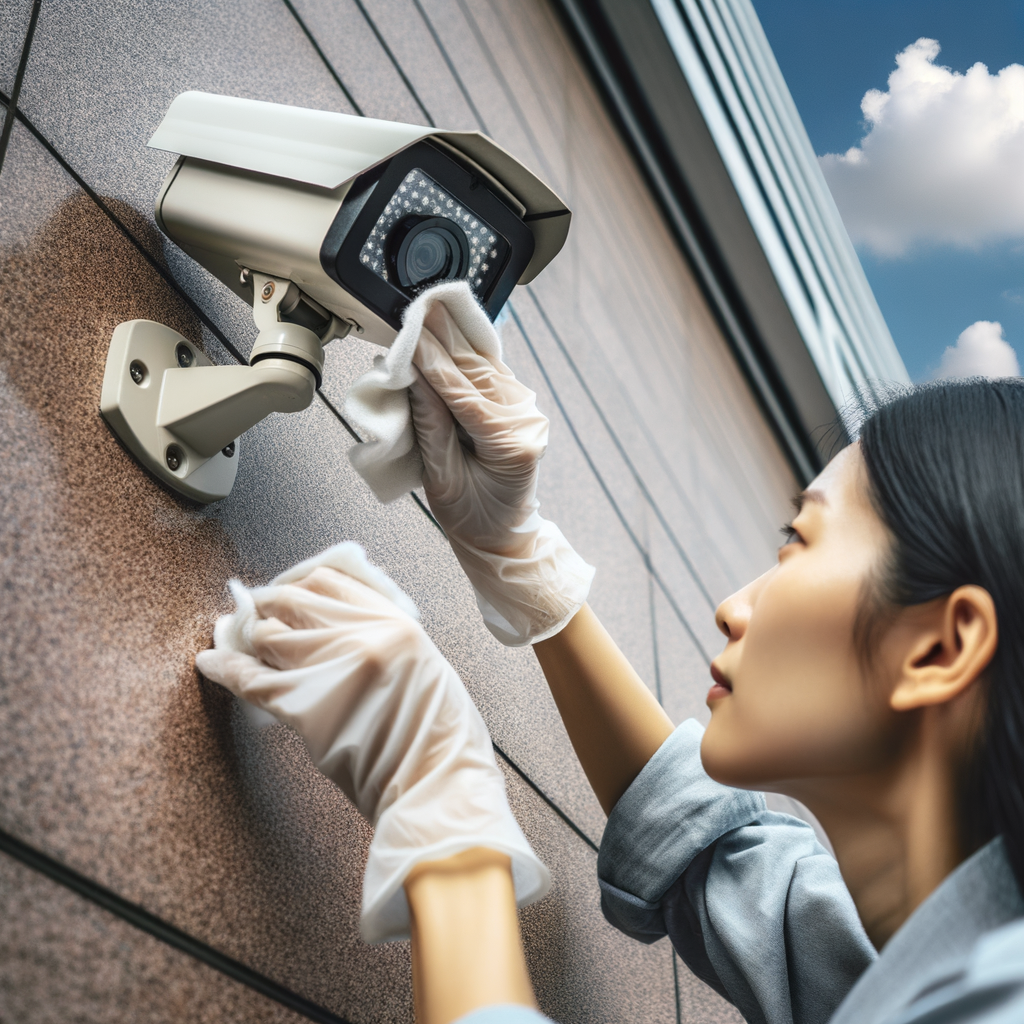When you’re considering having a security camera system installed, you might wonder how long the process will take. It can really vary depending on factors like the number of cameras and the complexity of your property. While a simple setup might only require a few hours, a more extensive installation could stretch into a full day. Understanding these variables is essential, but there’s more to the installation timeline than just the hours on the clock. Curious about what steps contribute to the overall timeframe?
Factors Affecting Installation Time
Several factors can influence how long it takes to install security cameras. The complexity of your property plays a huge role; if you have a large or multi-story home, expect the installation to take longer.
Additionally, the number of cameras you want to install impacts the timeline. More cameras mean more time spent on setup and adjustments.
The type of wiring required also matters; if your system needs extensive wiring or integration with existing systems, it can extend the process.
Weather conditions can affect outdoor installations, causing delays.
Typical Installation Timeframes
When it comes to typical installation timeframes for security cameras, you can generally expect the process to take anywhere from a few hours to a full day.
This timeframe largely depends on the number of cameras being installed, the complexity of your property, and whether any additional wiring or mounting is required.
For instance, installing a basic system with just a couple of cameras might be wrapped up in just a few hours.
However, if you’re looking at a more extensive setup with multiple cameras and advanced features, it could take up to a full day.
Getting a clear estimate from your installer can help you plan your day and ensure everything runs smoothly.
Steps in the Installation Process
Installing security cameras involves several key steps to ensure everything is set up correctly and efficiently.
First, you’ll need to assess your property to determine the best camera placements for maximum coverage. Once you’ve identified these spots, gather the necessary tools and equipment, including cameras, mounts, and cables.
Next, you’ll install the camera mounts securely, ensuring they can withstand various weather conditions. After that, connect the cameras to your power source and network, whether that’s wired or wireless.
Preparing for the Installation
Before diving into the installation of your security cameras, it’s essential to prepare thoroughly for a smooth process.
Start by assessing your property to determine the best camera locations. Think about areas that need monitoring, such as entrances and driveways.
Next, gather all necessary equipment and tools, ensuring you have everything on hand, including cables, mounts, and a drill.
It’s also a good idea to check your Wi-Fi signal strength if you’re using wireless cameras.
Clear any obstacles that might hinder access to installation sites.
Finally, confirm your appointment with the installation team and communicate any specific concerns or requirements.
This preparation sets the stage for an efficient installation and helps avoid delays.
Post-Installation Considerations
Once your security cameras are set up and running, it’s crucial to check in on their performance regularly. Start by reviewing the footage to ensure the cameras are capturing clear images and that the angles cover all necessary areas. Make adjustments if you notice any blind spots.
Next, check the camera’s connectivity and battery life if applicable. You don’t want any interruptions in coverage.
Additionally, keep an eye on software updates for your security system; these can enhance performance and security features.
Lastly, a maintenance schedule for cleaning the cameras and reviewing the recorded footage must be established. Regular maintenance helps ensure your system remains effective and ready to protect your property.
Frequently Asked Questions
Can I Install Security Cameras Myself to Save Time?
Yes, you can install security cameras yourself to save time.
It’s often straightforward, and many kits come with easy-to-follow instructions.
Just make sure you have the right tools and a solid plan before starting.
What Types of Security Cameras Require Longer Installation?
Certain security cameras, like those needing extensive wiring or complex setups, require longer installation.
For instance, PTZ cameras and those integrating with alarm systems often take more time due to their advanced features and connections.
Do Weather Conditions Impact Installation Time?
Yes, weather conditions can impact installation time.
Rain, snow, or extreme temperatures may delay the process. Technicians need to ensure safety and proper functioning of the equipment, which can lead to longer installation times.
Will My Home’s Layout Affect the Installation Duration?
Your home’s layout definitely affects installation duration.
Complex designs with multiple floors or obstacles can slow things down.
The technician will need extra time to navigate and ensure all cameras are placed effectively for optimal coverage.
Are There Any Permits Needed for Camera Installation?
Yes, you might need permits for camera installation, depending on local regulations.
It’s best to check with your municipality to ensure compliance.
Ignoring this could lead to fines or complications down the line.
Conclusion
In conclusion, the time it takes to install a security camera system really depends on a few key factors, like the number of cameras and the complexity of your property. While basic setups might wrap up in a few hours, more extensive installations could take all day. To ensure everything goes smoothly, stay in touch with your installation team and ask any questions you have. This way, you’ll be well-prepared and can enjoy peace of mind with your new system.



